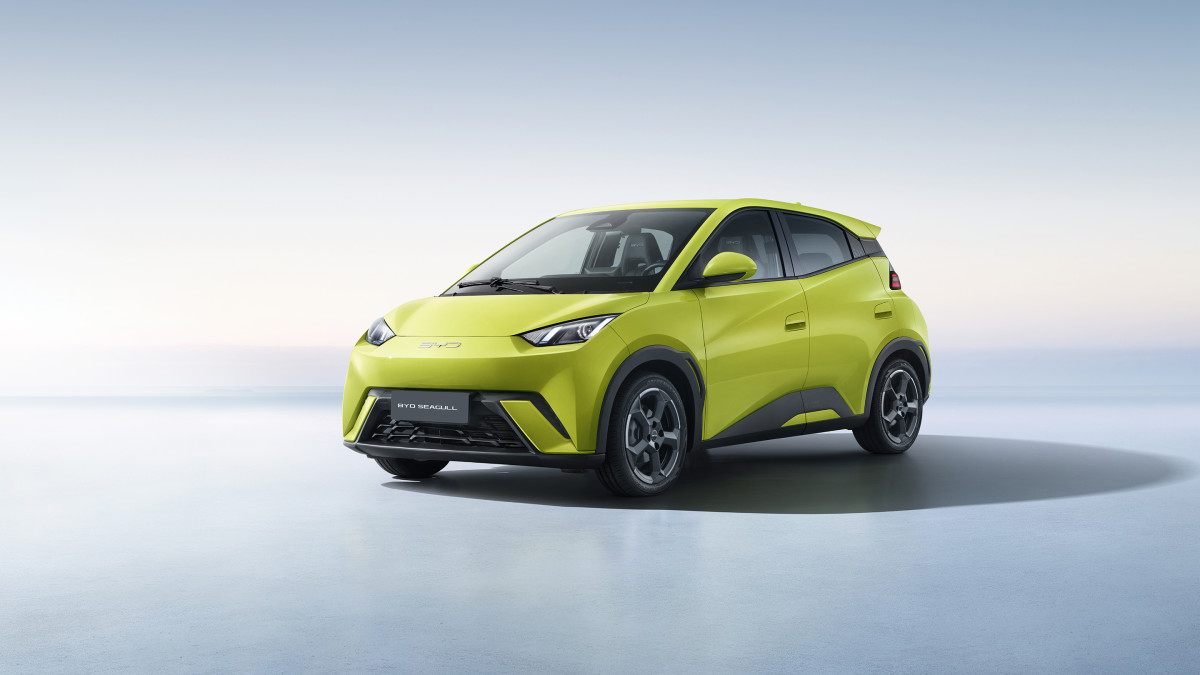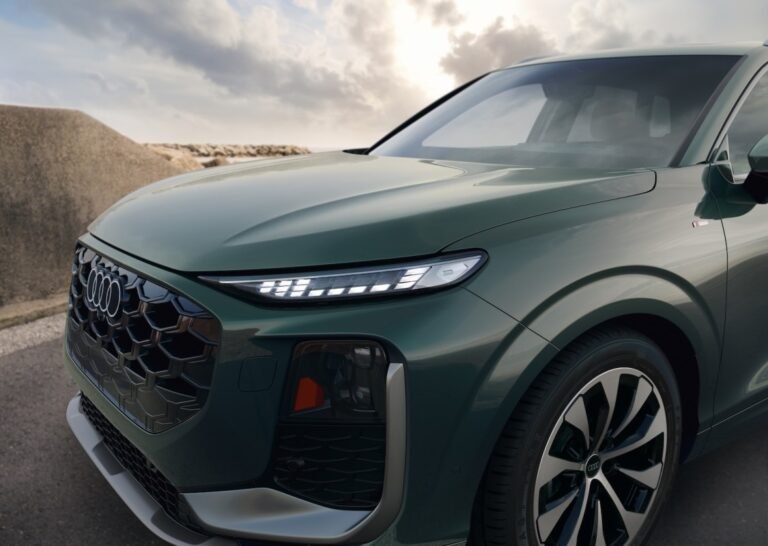
Why Uruguay’s Gas Prices Make EVs the Obvious Choice
Uruguay has become an unlikely electric vehicle success story, with EVs now representing about 25% of all new vehicle sales, doubling their market share from last year. The reason? Gasoline now costs around $7.40 per gallon at the pump, making it one of the most expensive places in the world to fill up a tank. Faced with that kind of pain, Uruguayan drivers started looking for alternatives. If gas prices in the United States doubled to similar levels, would Americans make the same switch?
The transition happening in Uruguay offers a glimpse into what happens when combustion engines become too expensive to justify. The arrival of affordable Chinese EVs has been a game-changer for price-sensitive consumers.
BYD
Chinese Manufacturers Fill the Gap
Uruguay eliminated its 23% import tax on electric vehicles, making EVs financially competitive. But the real driver is fuel taxation. The government relies heavily on gasoline taxes for revenue, pushing prices to levels that make electric alternatives look rational rather than aspirational. Brands like Fiat, Toyota, and Ford still dominate Uruguay’s roads with older vehicles, but they’re losing ground in showrooms.
Maira Erlich/Bloomberg via Getty Images
Chinese brands recognized the opportunity before Western manufacturers. The best-selling EV in Uruguay in 2024, the BYD Seagull, was replaced by another BYD, the Yuan Pro this year. The BYD Seagull sells for just under $20,000 there, roughly the same price as a conventional hatchback once taxes are factored in, while the BYD Yuan Pro adds around $10,000 to that price. BYD electric vehicles take five out of the top ten best-selling EV spots, dominating the market.
What If Chinese EVs Could Compete in America
The United States currently blocks Chinese automakers through tariffs and regulatory barriers, but Uruguay’s experience raises questions for Detroit. If Chinese manufacturers like BYD were allowed to sell their $20,000 electric vehicles in American showrooms, and if gas prices doubled like in Uruguay, would the outcome be similar?
American drivers have shown they’ll shift behavior when fuel costs spike. Previous price surges led to runs on fuel-efficient vehicles. But sustained high gas prices combined with access to affordable Chinese EVs could accelerate adoption in ways the market hasn’t seen. The fundamental economics that drove Uruguay’s transformation could apply just as quickly to America.


